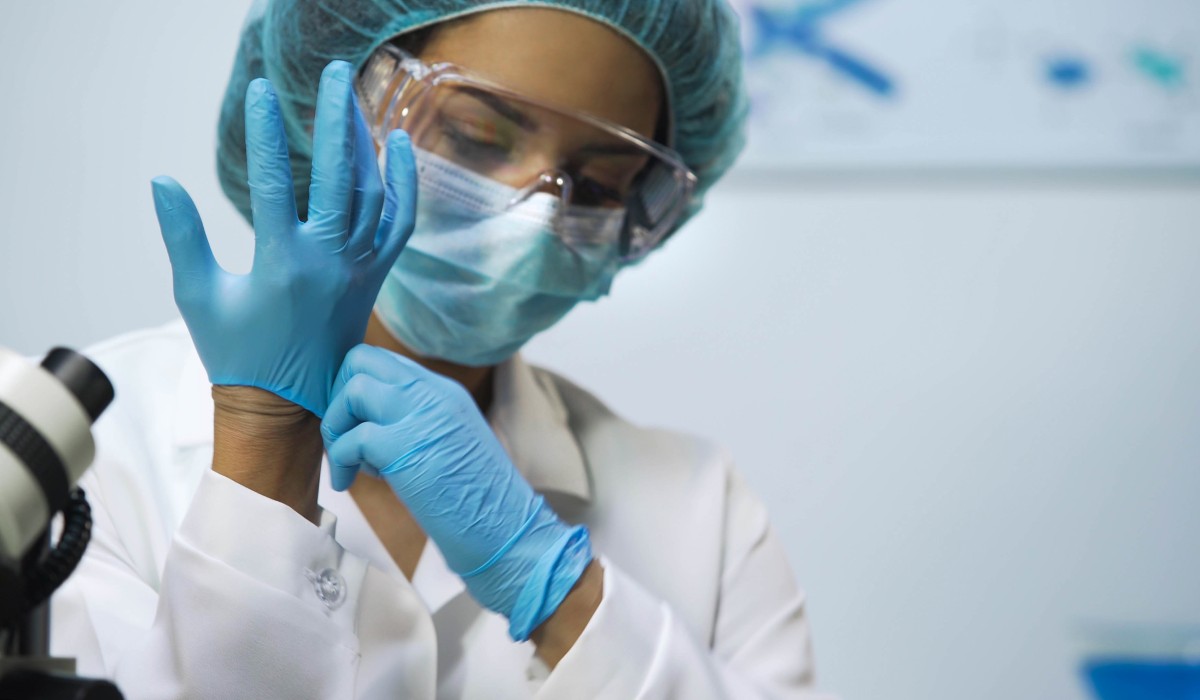The well-oiled machine of scientific discovery and innovation depends in large part on the well-being of lab professionals. To improve the health and safety of lab professionals, laboratories should focus on promoting PPE, safe lab practices, ventilation, and ergonomics.
Most important is personal protective equipment (PPE), the fundamental barrier between lab professionals and the many hazards they face daily. From gloves that protect against chemical burns to safety goggles that shield the eyes from splashes, PPE is instrumental in preventing direct exposure to harmful substances. Beyond the basics, specialized equipment like respirators offers protection against inhalation of toxic fumes, while lab coats and aprons guard against spills and splatters. Lab workers must have access to the right type of PPE for each specific task and receive proper training on its usage, maintenance, and disposal to maximize protection against laboratory risks.
Another critical aspect of lab safety is continuous education on safe lab practices. Regular training sessions ensure that lab workers stay updated on the latest safety protocols and understand the significance of maintaining a clutter-free and chemically safe workspace. Implementing spill response procedures, proper chemical storage, and waste disposal methods also plays a significant role in safeguarding the health and well-being of lab professionals.
Next on the list are adequate ventilation systems. These vital lab components prevent the accumulation of hazardous vapors and ensure a supply of fresh air. The integration of advanced air filtration systems and regular monitoring of air quality protect lab personnel from potentially harmful airborne particles and contaminants.
Finally, laboratory workers should be protected from the impact of repetitive-motion injury and general physical strain. Ergonomic equipment is specifically designed to prevent strain and injury, accommodating the natural posture of the human body while performing lab tasks. This equipment includes adjustable chairs that support proper posture, ergonomic pipettes that reduce thumb strain, and workstations with adjustable height to prevent back pain. Labs should also educate workers on how to use all equipment—ergonomic or not—in safer ways. For example, reducing strain when using lab scissors will help professionals use this important tool comfortably.
Providing a safer, healthier, and more efficient workspace for the brilliant minds that drive scientific and medical progress couldn’t be more important. By prioritizing these elements, research institutions and laboratories can improve the health and safety of lab professionals.









